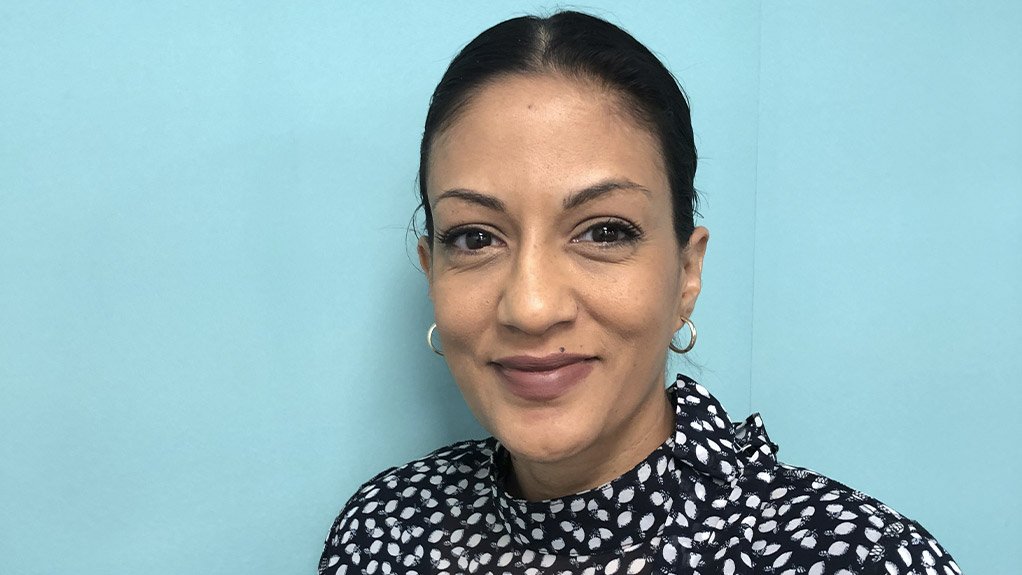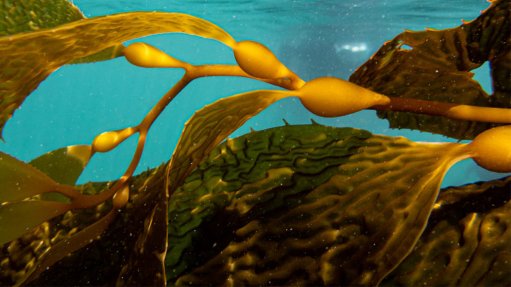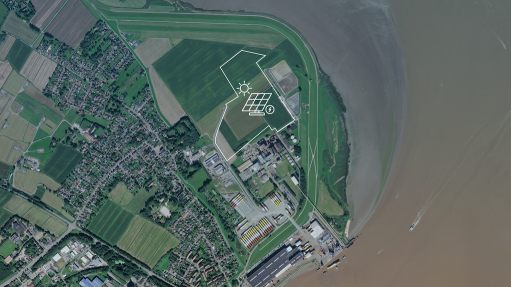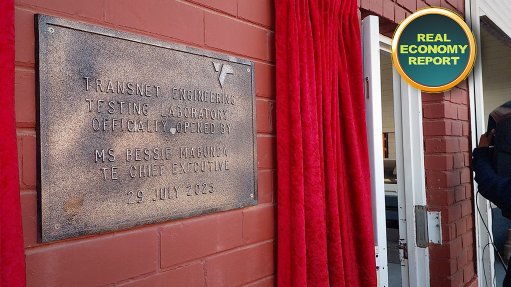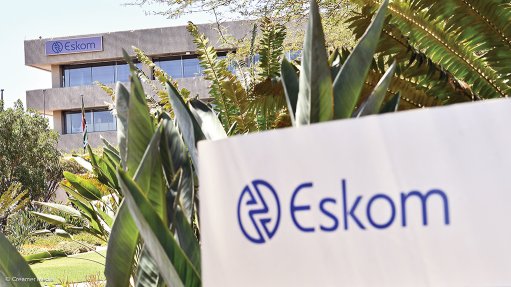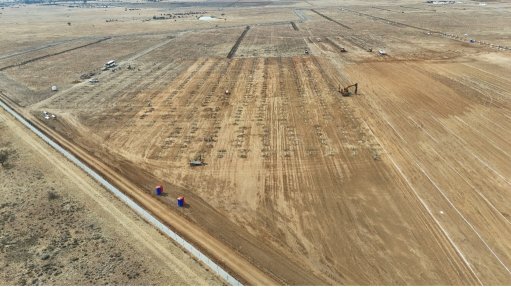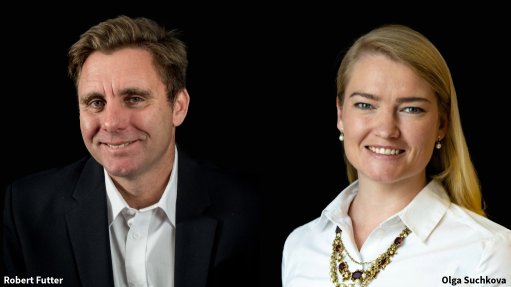Breaking gender roles to achieve real inclusivity in the energy sector
This article has been supplied.
By Desiree Hlubi, Brand Manager of Sisi Safety Wear
Women are often underrepresented in technical industries, particularly within South Africa’s power and energy sectors. In the coal sector, they account for a mere 21% of the workforce, a figure only marginally better in the electrical utility industry. The picture for female underrepresentation is currently even worse in South Africa’s renewable energy sector, where women make up only 14% of the labour pool. Despite entrenched gender stereotypes and unfavourable industry practices, an increasing number of women are pursuing careers within industrial sectors. Initiatives that focus on women empowerment and skills development have played a role in this trend, yet there is still a lot of work to be done to make these sectors more inclusive and accessible for women. A classic example of this would be Personal Protective Equipment (PPE). A seemingly inconsequential commodity, but one that can make a huge difference in enabling women to reach their full potential in traditionally male-dominated workplaces.
Renewing gender representation
Despite being outright underrepresented, typically, women working in the sector tend to have a higher level of education compared to their male counterparts, resulting in a higher number of women holding proportionately senior positions. This highlights a sheer determination on the part of women seeking to enter the industry. As a relatively new industry, the renewable energy sector offers more meaningful opportunities for women to participate as it is not so deeply entrenched in outdated male-dominated business structures and operational practices.
Energy transitions towards renewables result in new career opportunities that do not require as much heavy physical work and many of the jobs being created in renewable energy are within the high-skilled labour group (estimated as 68 – 80%). While not aimed exclusively at women, initiatives such as the Energy Performance Certificate (EPC) Practitioner Skills Programme help qualify young electricians and engineers for income-generating employment, ensuring that women have a pathway to enter the power and renewables industries.
Focusing on the gender differences that matter
Gender equality in the workplace does not mean treating everyone the same, it requires ensuring that women are treated fairly and offered the same opportunity as men to realise their full potential. Equal treatment entails the recognition that individual needs are sometimes best met through diverse approaches. This does not mean that women want to be treated differently, except for the acknowledgement that physiological differences between men and women call for gender-specific PPE.
Prioritising fit-for-purpose PPE
In a high voltage setting, an arc flash can occur, which is the sudden release of electrical energy due to a breakdown between conductors and a high-voltage gap. Such an explosion creates intense heat, force, noise, and light, with temperatures recorded as high as 20 000 ºC. It is this intense heat and flames that can lead to fatal burns – the risk of which can be greatly reduced with the correct PPE, alongside stringent health and safety practices. Simply purchasing inherently flame-resistant arc flash safety wear in smaller male sizes is not an option. Furthermore, these are specialised garments with specific fabrics, seams and construction that undergo extensive testing and certification – they cannot be altered outside of the manufacturer’s specifications.
PPE for women is often an afterthought. Women working in industrial roles involving high voltage equipment are usually given the same PPE as men, just in smaller sizes or, even worse, they’re provided with ‘unisex’ PPE. It is not merely the responsibility of the employer to provide a safe working environment, but also their duty to ensure that the provided PPE is tailored for its intended use. Delivering the necessary level of protection to match the risk at hand is not always possible when women are given safety wear that has been designed to protect the male anatomy.
Meeting the individual needs of their workforce
To properly fulfil their health and safety obligations, procurement managers and safety officers must prioritise providing PPE that meets the needs of each and every member of their workforce. This is particularly important in situations where PPE is potentially the last line of defence between life and death. It is essential that women be provided with PPE that properly caters to the female form so that women are afforded the same advantages as their male counterparts - the highest level of protection against workplace risks, without the need to compromise on comfort.
Comments
Press Office
Announcements
What's On
Subscribe to improve your user experience...
Option 1 (equivalent of R125 a month):
Receive a weekly copy of Creamer Media's Engineering News & Mining Weekly magazine
(print copy for those in South Africa and e-magazine for those outside of South Africa)
Receive daily email newsletters
Access to full search results
Access archive of magazine back copies
Access to Projects in Progress
Access to ONE Research Report of your choice in PDF format
Option 2 (equivalent of R375 a month):
All benefits from Option 1
PLUS
Access to Creamer Media's Research Channel Africa for ALL Research Reports, in PDF format, on various industrial and mining sectors
including Electricity; Water; Energy Transition; Hydrogen; Roads, Rail and Ports; Coal; Gold; Platinum; Battery Metals; etc.
Already a subscriber?
Forgotten your password?
Receive weekly copy of Creamer Media's Engineering News & Mining Weekly magazine (print copy for those in South Africa and e-magazine for those outside of South Africa)
➕
Recieve daily email newsletters
➕
Access to full search results
➕
Access archive of magazine back copies
➕
Access to Projects in Progress
➕
Access to ONE Research Report of your choice in PDF format
RESEARCH CHANNEL AFRICA
R4500 (equivalent of R375 a month)
SUBSCRIBEAll benefits from Option 1
➕
Access to Creamer Media's Research Channel Africa for ALL Research Reports on various industrial and mining sectors, in PDF format, including on:
Electricity
➕
Water
➕
Energy Transition
➕
Hydrogen
➕
Roads, Rail and Ports
➕
Coal
➕
Gold
➕
Platinum
➕
Battery Metals
➕
etc.
Receive all benefits from Option 1 or Option 2 delivered to numerous people at your company
➕
Multiple User names and Passwords for simultaneous log-ins
➕
Intranet integration access to all in your organisation



